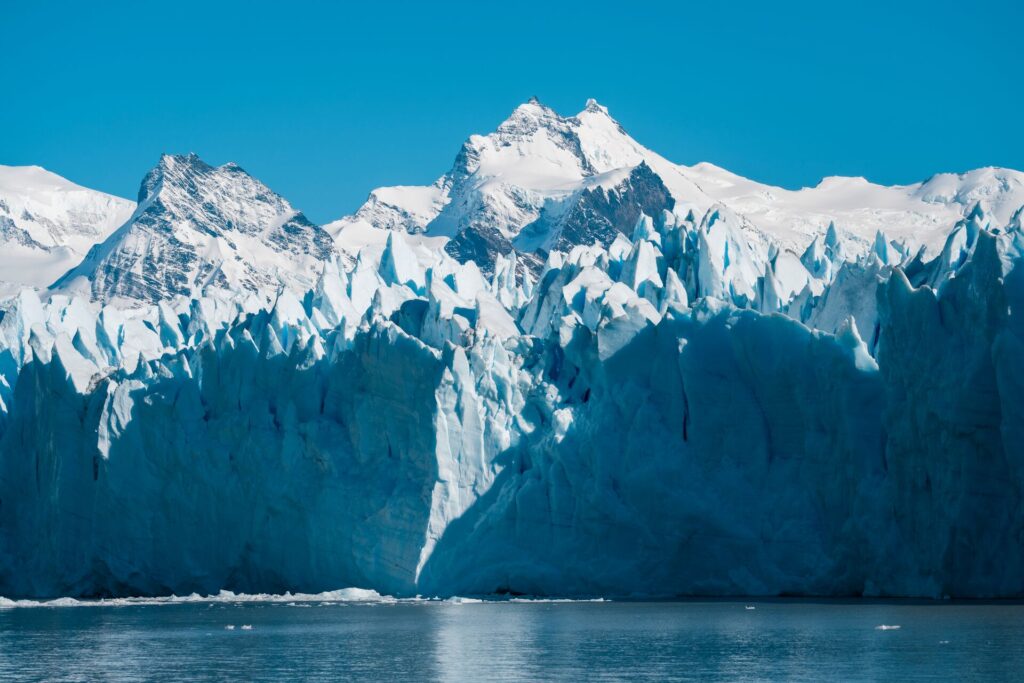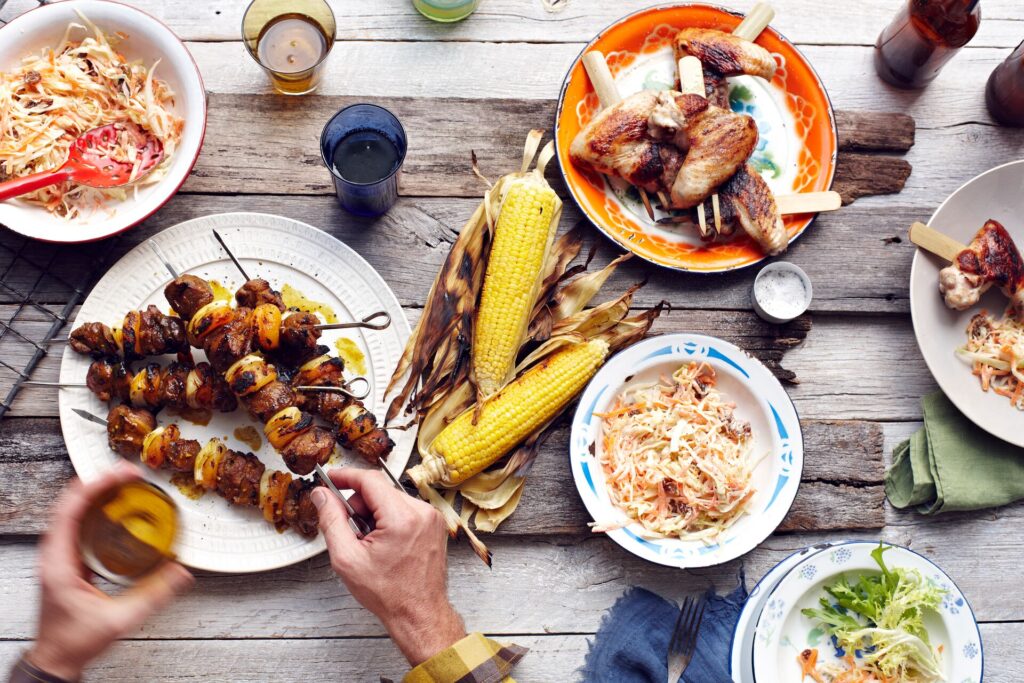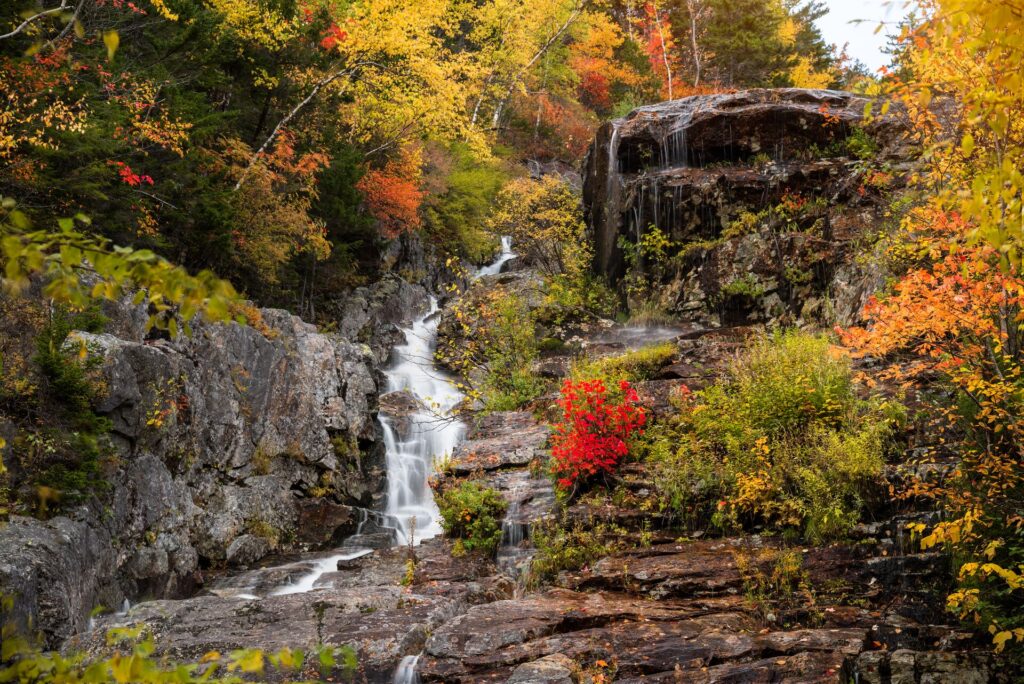When it comes to the Great Outdoors, the outdoors don’t get much greater, wilder, or more inspiring than in Canada. Here, as well as fresh air, clear skies and landscapes that act as a soothing balm for the soul, you’ll find a near limitless inventory of flora with tangible therapeutic benefits.
To find out more about the healing power of Canada’s great outdoors, we spoke with Brenda, a First Nations Cree Iroquois traditional knowledge keeper.
Test your knowledge on Canada and other worldwide destinations in our Insightful Travel Trivia Quiz. Play weekly for the chance to win fabulous prizes.
MAKE TRAVEL MATTER® in the great outdoors
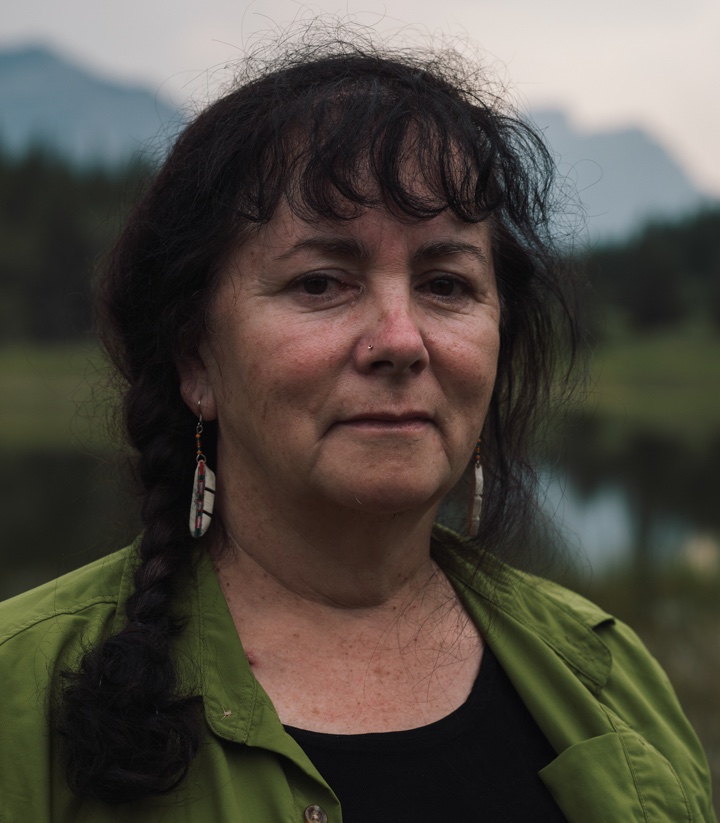
Descending from a very long lineage of medicine people, Brenda shares with us her knowledge of the healing power of the great outdoors and gives an insight into medicinal plants. This is one of the areas that she specializes in and shares with Insight guests on an inspirational MAKE TRAVEL MATTER® Experience.
Join Brenda in Banff National Park on Spectacular Rockies and Glaciers of Alberta and you’ll embark on a fascinating guided walk in the boreal forest. Here you’ll learn all about the Indigenous world of plant medicines as well as the historical and modern-day uses of plants and share in fascinating stories about the First Nations.
For travel inspiration: Canada destination guide
Sharing knowledge, honed through generations
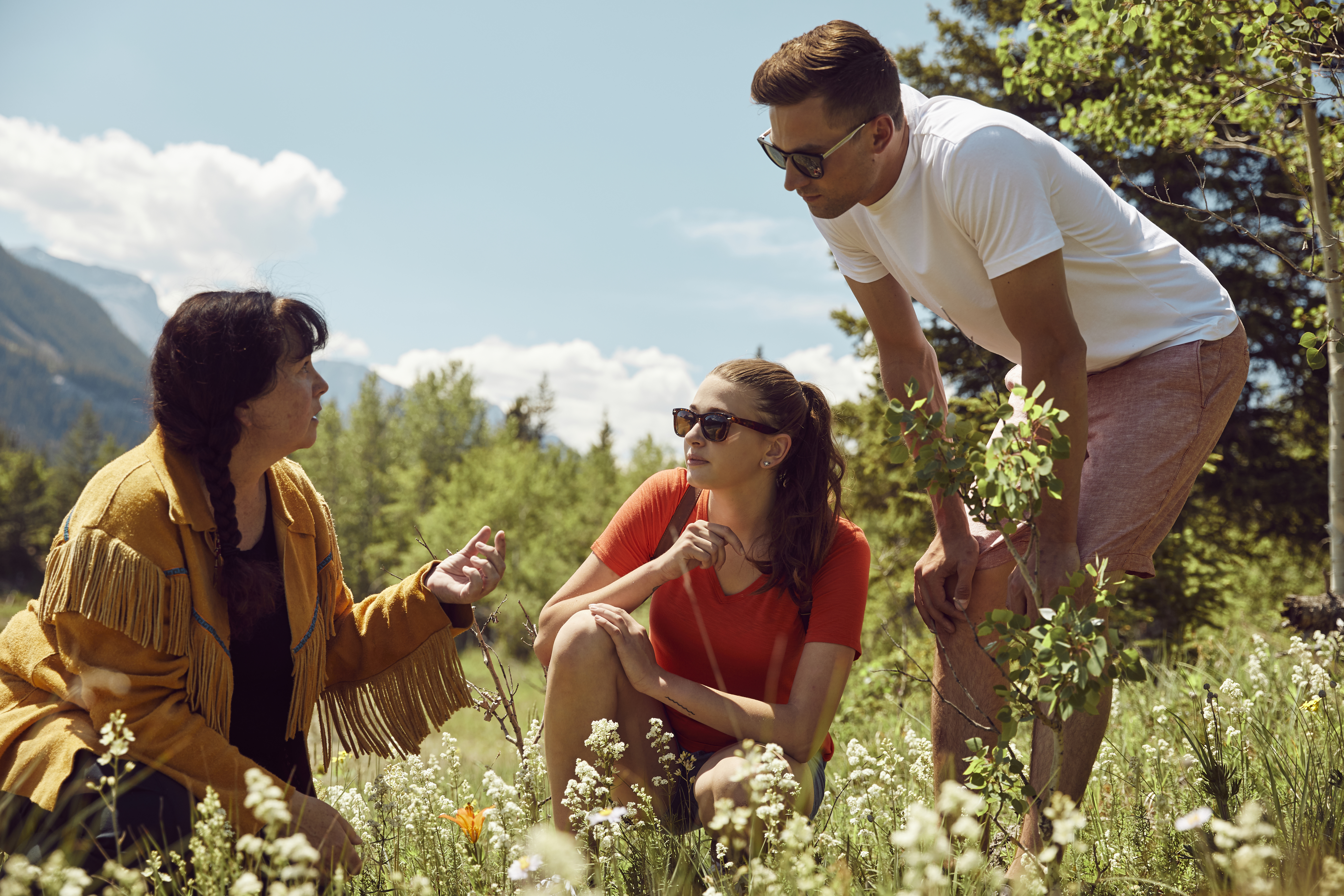
“I grew up raised quite a bit in Cree Iroquois culture,” Brenda tells us. “I was only taught my Cree culture, I am not as familiar with my Iroquois side and was not taught that part of my culture,” Brenda tells us. “And although there were pieces of our culture that were missing (some songs, dances and stories), all of our land-based understandings were kept very much intact by my grandmother and several other elders.
“I also have some background through studies in molecular sciences and microbiology. So, I have a real love for the understanding of plants, through both through Western perspective as well as the traditional teachings, and bring both of those worlds into my knowledge sharing circle.
“Really, all medicines have the opportunity to assist because at the end of the day, it’s not really the medicines ever that cure anybody. It’s not pharmaceuticals and it’s not plant medicine. They just give the body the opportunity that it needs to be able to move forward and heal on its own.”
Discover this on: Spectacular Rockies and Glaciers of Alberta
You may also enjoy: Dartmoor’s Daughter, Emma Cunis, on Mother Nature’s maternal power
Tracking bears is like washing dishes
Brenda first formed her company in 1995, specifically working with the British military, teaching life skills in the great outdoors. At that time, she did not cater for tourists. However, around the year 2000 she began to realize that her skills were very interesting to people in general. “I actually learned this quite by accident,” she tells us, “And it inspired me to form Mahikan Trails.”
“I was hiking one day with group of soldiers. Casually pointing out a bear track, I turned us to walk away from it. One of the soldiers tugged at my sleeve and said, ‘wait, what did you just say?’ He was so enthralled, asking how I knew it was a bear track.
“I found this quite curious.,” she explains. “In my mind, it was almost like somebody saying ‘can you teach me how to wash the dishes’? To me it is so natural.
“I realized that I’d been very naïve – I really believed that people had the same skills and knowledge I did. I also realized that in many ways I’d probably led a privileged life to have had those teachings. So that was part of the reason why I started Mahikan Trails because it was important to help people have the same land connections and teachings that I did.
We know more about plants than we think
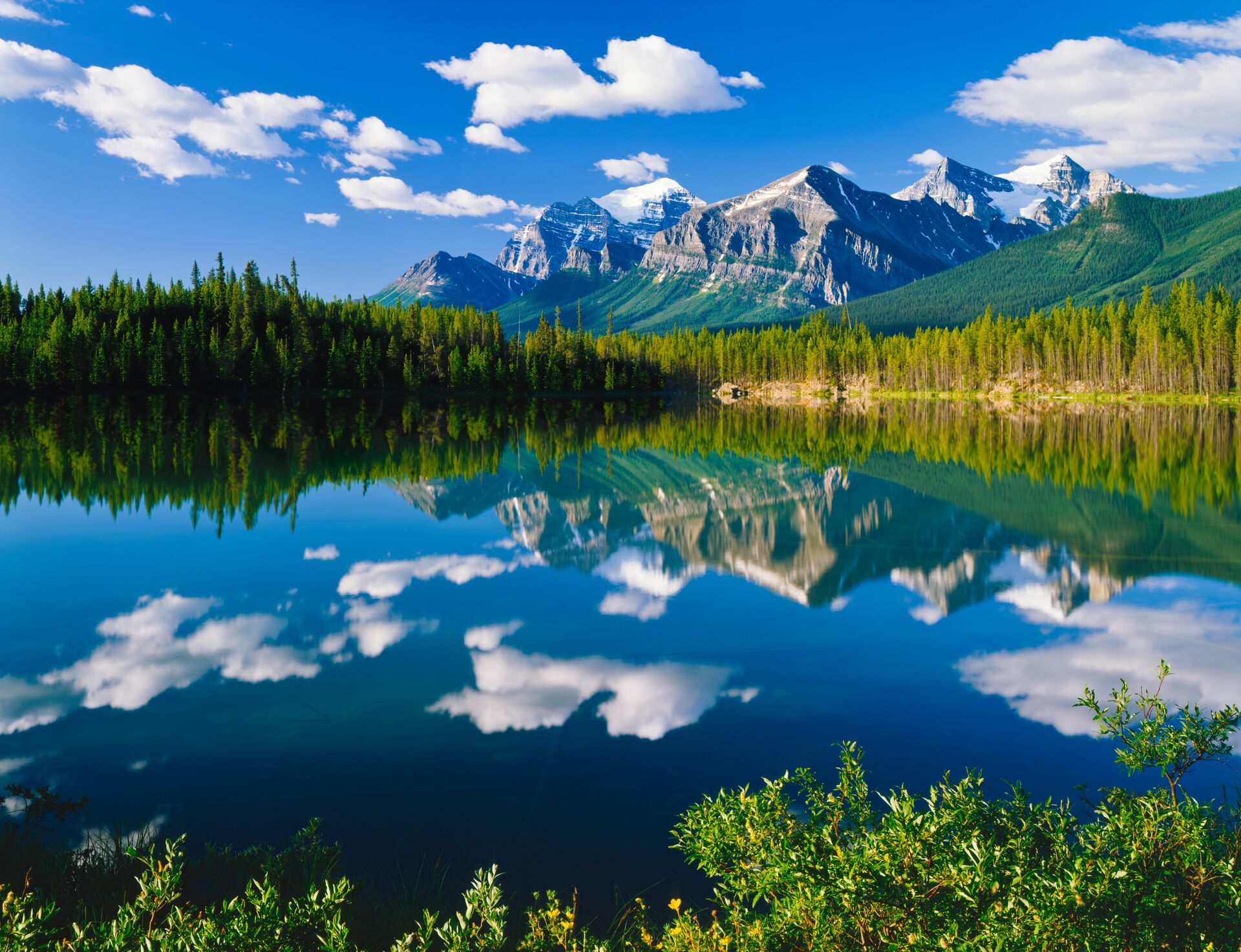
“We all have a lot more inherent knowledge of plants than we realize,” explains Brenda.
“Humans like to pretend that we’re not part of the animal Kingdom and we absolutely, 100% are. Every baby animal is born knowing what to eat – it’s instinct. We have certain parts of our sensory organs that help us to understand the plants, but also, we do have an innate knowing.
“I’ve been able to take people out into the forest and the great outdoors who claim they know nothing. I do a little exercise where I place some plants in a hula hoop. I then ask them to pick one and tell me what they think some of the medicinal properties might be, or whether there’s food properties. And they are right 100% of the time, I’ve never had anybody not being able to do it.”
You may also be interested in: MAKE TRAVEL MATTER®: Why developing meaningful travel experiences has never been more important
The boreal forest tells the true story of my people
The boreal forest, also known as taiga, is a vast biome stretching across the northern regions of North America, Europe and Asia. The epitome of the great outdoors, it is characterized by dense coniferous trees such as spruce, pine and fir, with cold winters and short summers.
The boreal forest plays a crucial role in the global climate system and provides a habitat for diverse wildlife. In Canada, the boreal forest is central to the country’s natural environment, history, culture and economy.
“I’ve always been in the boreal forest, I was born and raised in the mountains,” Brenda says.
“I think the forest really tells the true stories of my people. It’s a very harsh and unforgiving landscape; blistering hot summers and brutally cold winters.
“I think about the fact that my people were real masters and experts to exist here for thousands and thousands of years. They didn’t do it piecemeal, they did it by thriving. And they did extremely well, otherwise I would not be here right now.
“People are often amazed that we do medicine walks in the winter. They’re stunned at the fact we can find anything. But for my people to live and exist in this landscape (there were no cities for them to go to and find a heated building), they had to have this knowledge. This is a real interesting piece to the story that we relate to our guests.”
“My grandmother often said to me ‘It doesn’t matter what illnesses have ever been, what illnesses we’re facing now or whatever comes in the future, the answer is always going to be in the forest no matter what happens.’”
Common plants – connecting you to your own land
“One of the things that we pride ourselves in is that, for the most part, we can find plants here that people will you pretty much find anywhere in the world,” Brenda explains. “So, we can relate guests to that to help them connect to their land. There are also certain plants that are probably only going to be found here.
“We also have some crossover knowledge of plants found here and that would function similarly to ones you may know. Similar to aloe for example (which is widely known for its soothing and healing properties) would be marshmallow root and fireweed.
Read next: Meet the Sami, the last indigenous people of Europe
Plants may be used differently by different communities
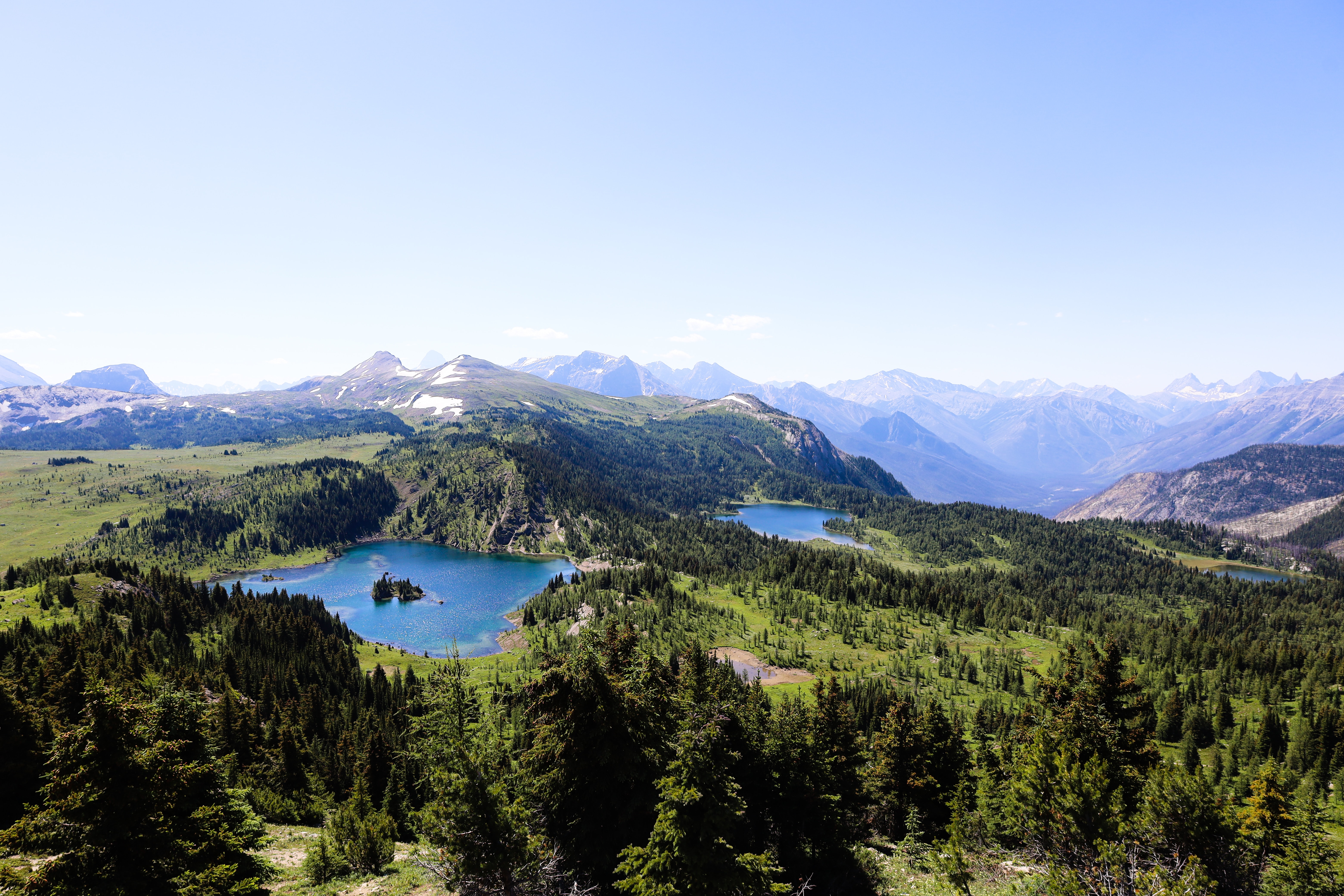
“One of the wonderful things about plants is that they have literally hundreds and sometimes thousands of chemical constituents that are medically active in the human body,” says Brenda. “So many plants will have a variety of different uses.
“I’m careful when I have other Indigenous people with me to acknowledge that, even though my specific community might have used, for example Yarrow in one way, somebody in Eastern Canada may have used it in a very different way. This shows the diversity of the medicine and the uses that we have discovered from each of our perspectives.”
Bookmark for later: Oh Canada! 5 Insight experiences that showcase the very best of the Great White North
Yarrow
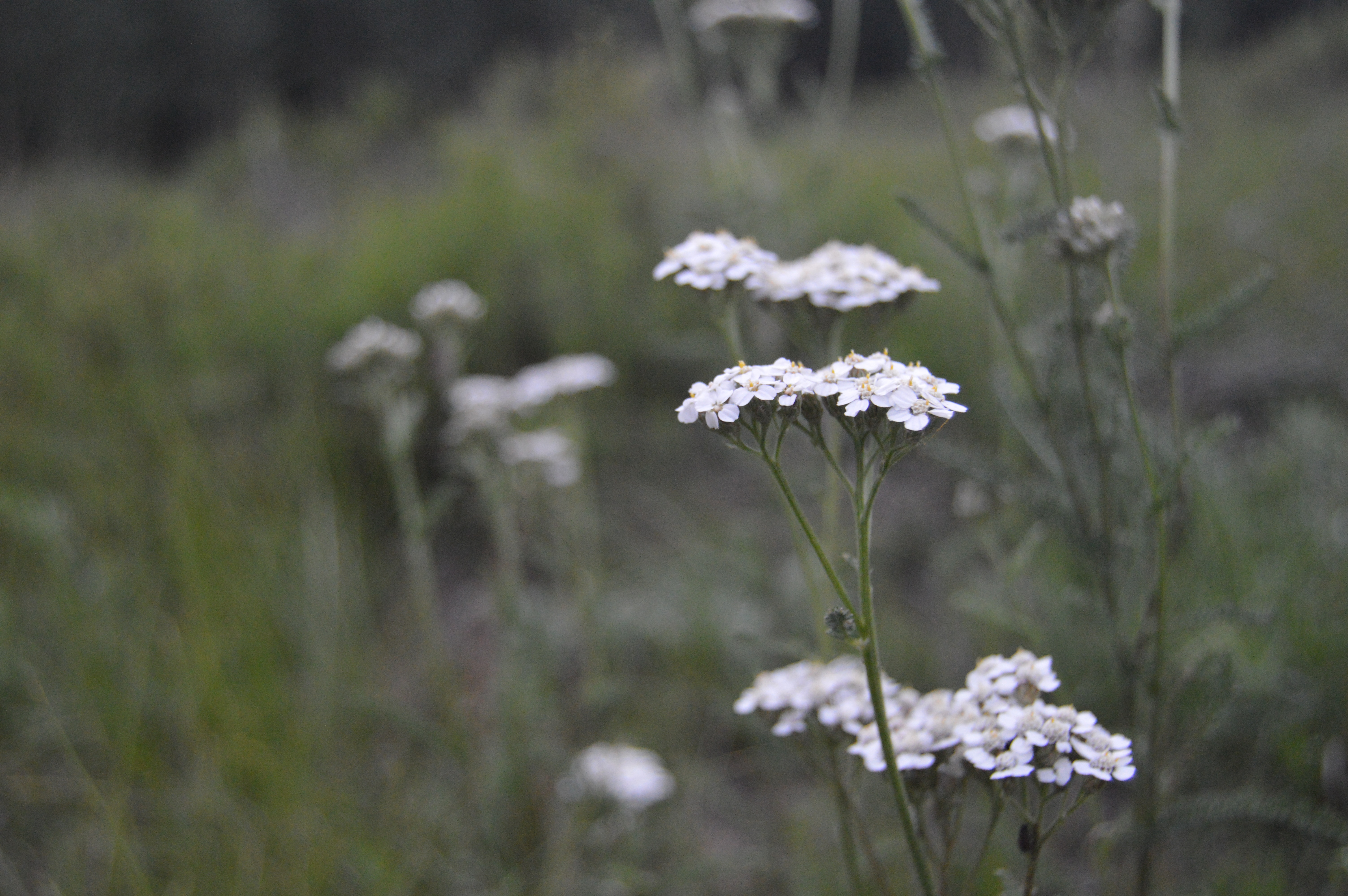
“Yarrow, Achillea millefolium, is one of the plants that you will find here, and in most parts of the world and the great outdoors,” explains Branda. “There’s many different species and varieties and it is absolutely a fantastic medicine on so many different fronts.
Yarrow is an antimicrobial vulnerary herb, which means it can help heal wounds through preventing infection and speeding up the process of tissue repair. It’s also known to help fight colds, flu and fever, as well as being beneficial to cardiovascular health.
“I like to focus on Yarrow on our walks because it showcases it our traditional ways of knowing and learning,” Brenda says. “We don’t write notes down, it’s very much an oral history. And so all of our teachings are very hands on from this plant and there are also sacred teachings. The scent of Yarrow is very specific, so you know that it is Yarrow that you’re looking at that particular point in time.”
Plantain
“Another versatile plant is plantain (plantago major or plantago lanceolata), which is not the banana,” explains Brenda. “It’s a very common plant that’s found worldwide as well. That’s one that I spend a lot of time teaching about as its probably one of the most useful multifaceted plants for medicine.”
Bruised or crushed leaves of Plantain are often found in the great outdoors and used as a remedy for cough, wounds, inflamed skin and insect bites.
“I also point out Willow which is a very practical and useful medicine as well as Birch and the white and black Poplar.”
You may also like: Why fall is the best time to travel for nature photographers
There’s no such thing as weeds
The Standing People
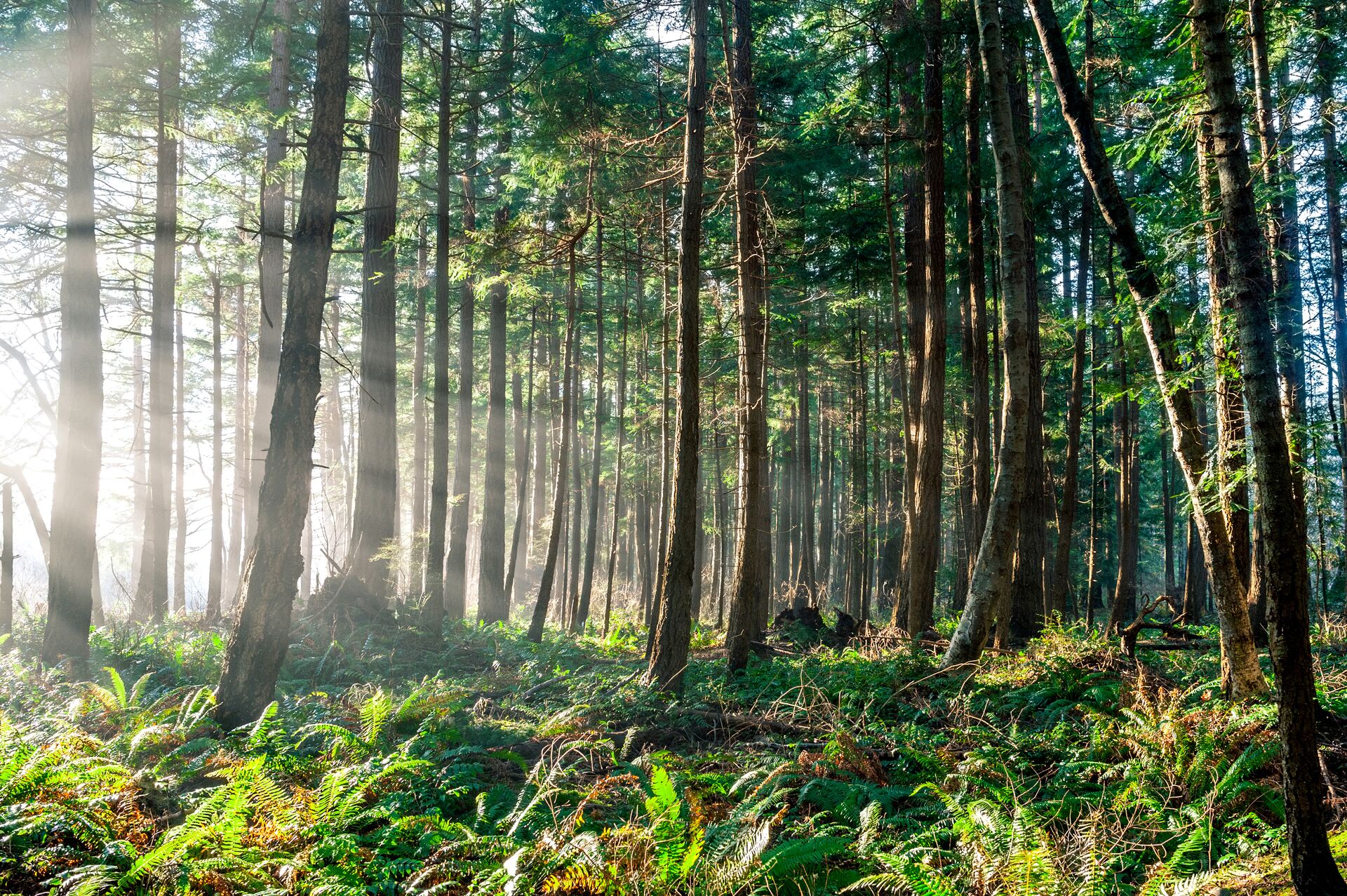
“We refer to the plants as Standing People – they were gifted to us. They were here long before us. They’re here to protect us and look after us and they’ve done a great job.
Plants have huge responsibilities towards us, even though we may not be all that nice to them. We mow our lawns, we push trees over to build buildings, we do all kinds of destructive things.
“Yet the plants are very steadfast in our lives and provide essential things for us every day. We get oxygen production, and they upload carbon dioxide from the atmosphere – all kinds of things for us that are highly beneficial. Yet we either take it for granted or don’t think about it.
“One of the things people will often choose our walks for is because they want connection to the land and, at the end, what I’ve always found is what they truly want is a connection to themselves.”
Take a look at Spectacular Rockies and Glaciers of Alberta for the ultimate Canadian vacation and connection to the great outdoors. In addition to your medicine plant walk, explore Banff National Park and Jasper National Park, and revel in the views from the Columbia Icefield skywalk, yours after-hours.


